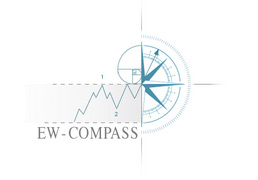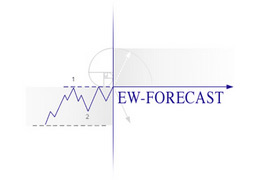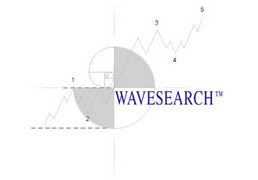HOW TO INTERPRET EACH ELLIOTT WAVE CHART FORECAST |
Wave PermutationsThink of it this way, you are about to begin a journey in your car (pre sat-nav era) and you know the destination on the map, and the differing routes you could take to get there. Maybe the intended route you planned changed during the journey because of traffic flows, congestion, or you simply would like to see more countryside instead of the auto-route. You still arrive at your chosen destination, but not the route anticipated before you began. That is often how the more complex patterns unfold – they arrive at the destination, the pre-determined point forecast, but may have unfolded slightly differently in getting there. This all depends on the pattern unfolding at the time – some are more complex than others. However, each pattern and the wave sequences within it are governed by Elliott Wave Principle & Guidelines – and so although there exists a few variations of how price activity unfolds to its destination or pattern conclusion, each has certain limitations. These various ways of how any particular pattern arrives to its conclusion is termed as wave ‘permutations’. A good example of wave permutation is where the overall pattern is developing into a single zig zag, labelled (A)-(B)-(C) and subdividing into -1 degree lower, 5-3-5. What pattern variations can wave (C) unfold into? Well, there are various permutations – as a five wave impulse sequence it can unfold into any of these; expanding-impulse with 1st wave extension; expanding-impulse with 3rd wave extension; expanding-impulse with 5th wave extension; ending-contracting diagonal; ending-expanding diagonal. Each is a five wave sequence, but with varying price amplitudes dependent on each permutation – see fig’s #1-6 [zig zag shown within uptrend – intermediate/minor degree]. Why is this important? Well, from a practical, trading standpoint, it is important to know because of the location of executing your trade and estimating what you can profit from it, in other words, establishing the risk/reward ratio. Permutations within wave (C) of a single zig zag pattern. 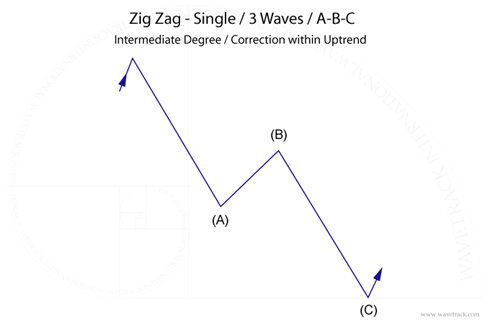
fig #1 – main pattern 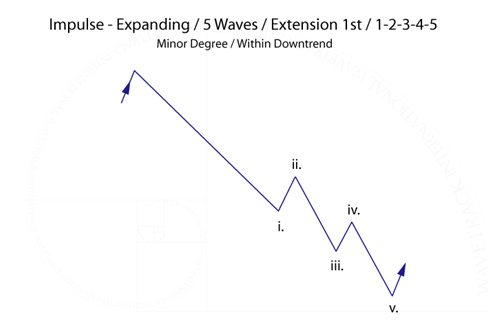
fig #2 – first permutation unfolding as intermediate wave (C) 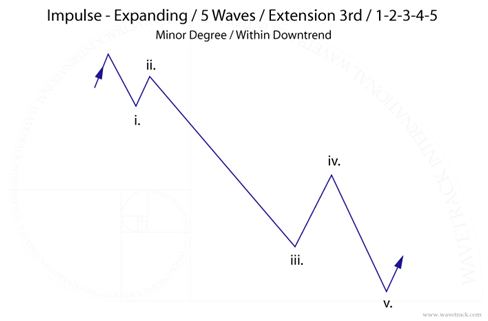
fig #3 – second permutation unfolding as intermediate wave (C) 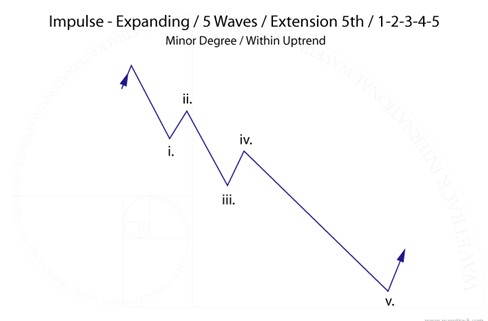
fig #4 – third permutation unfolding as intermediate wave (C) 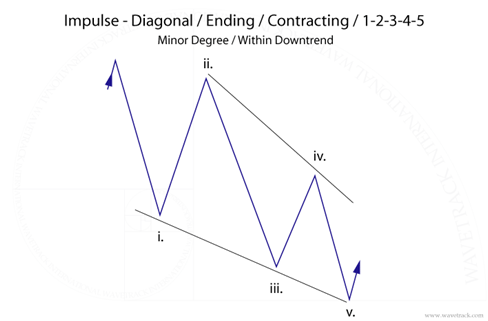
fig #5 – fourth permutation unfolding as intermediate wave (C) 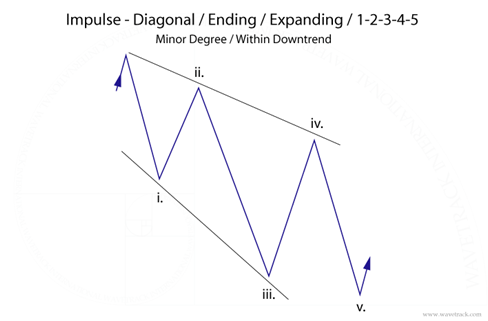
fig #6 – fifth permutation unfolding as intermediate wave (C) |
Table of contents
Further Reading or Featured Tutorial ArticlesOther products |
